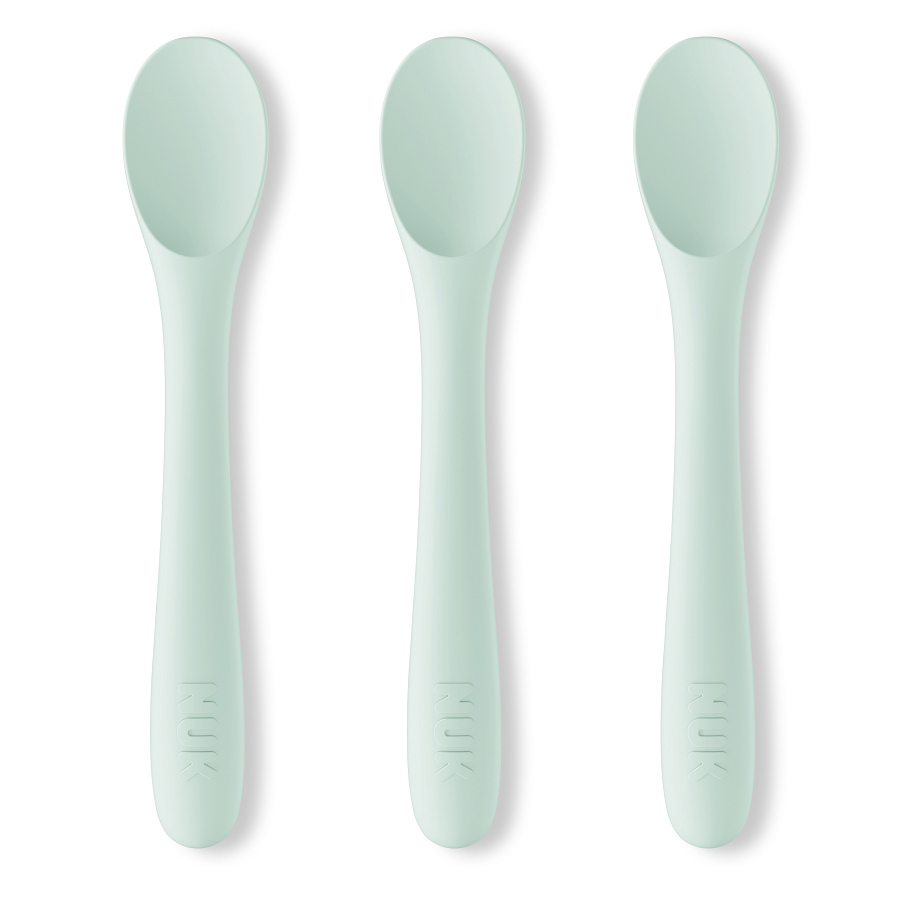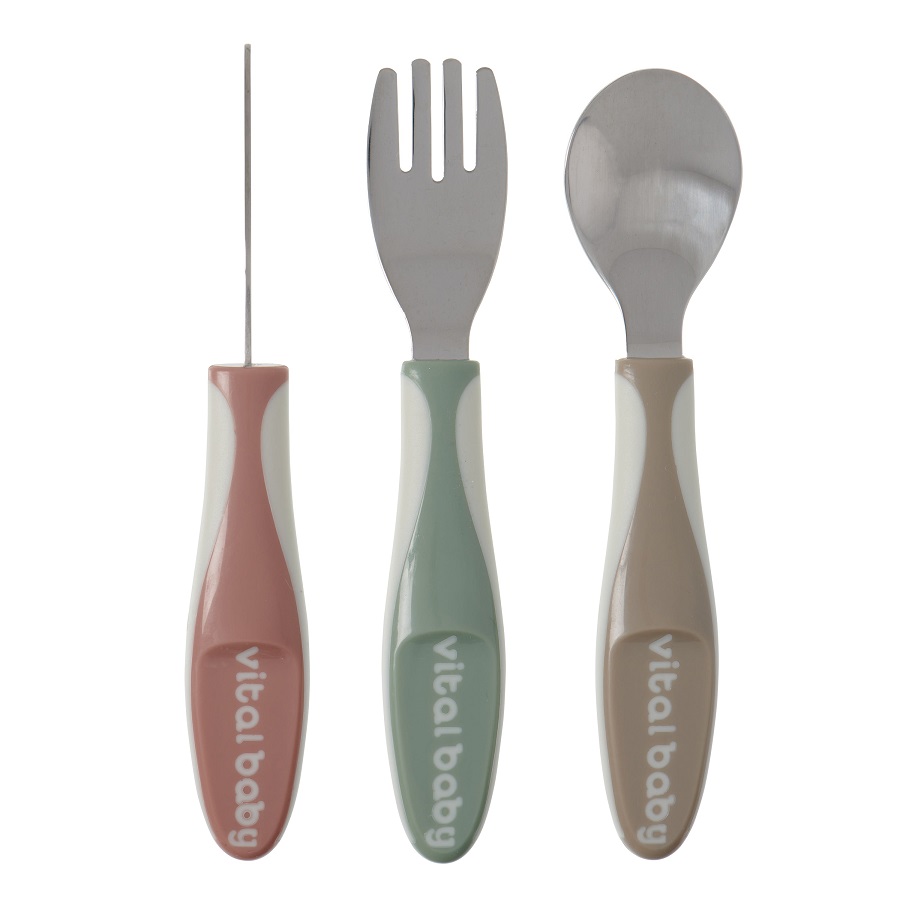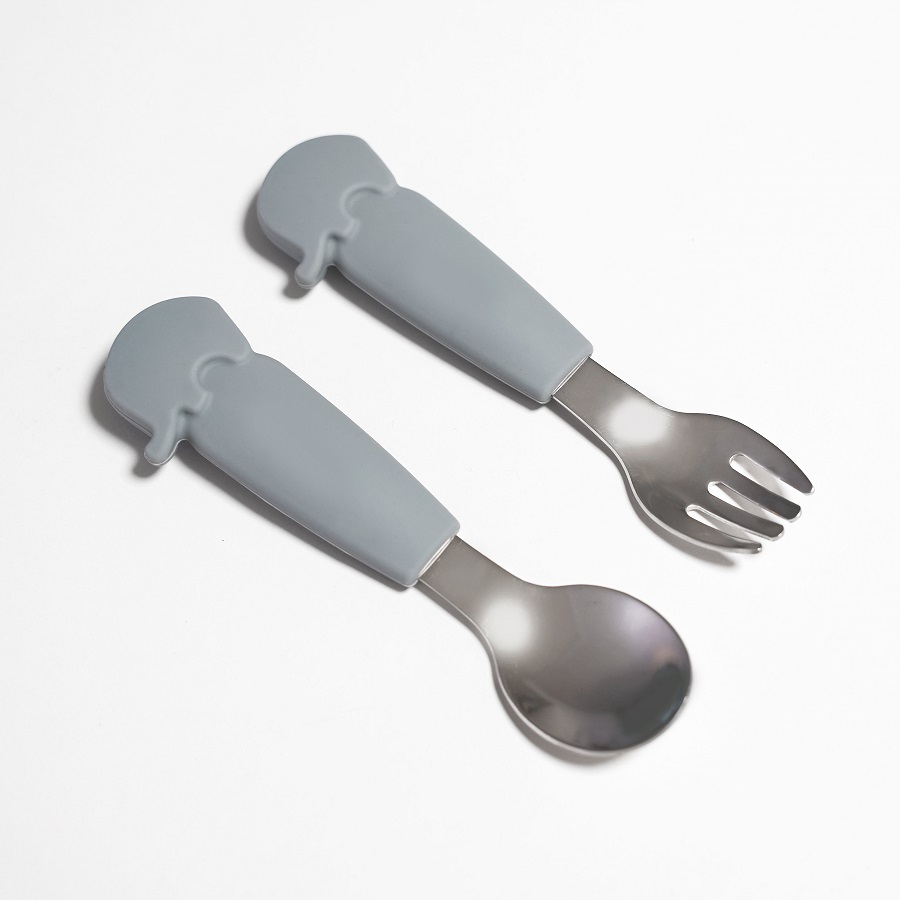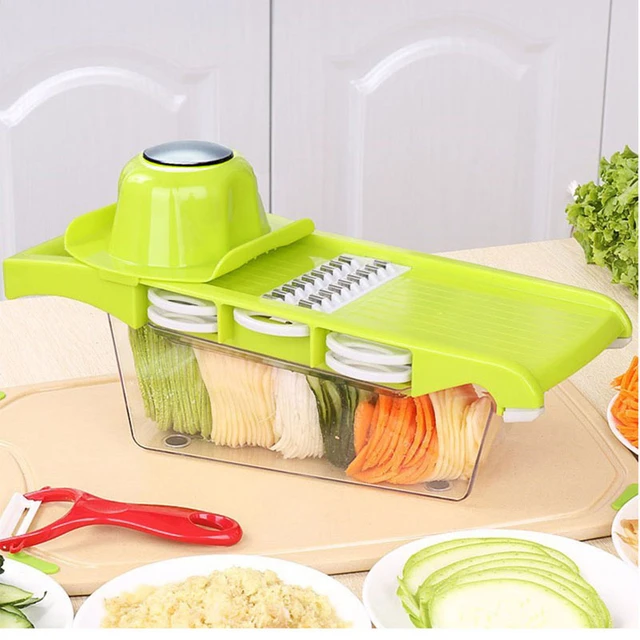Importance of Selecting Safe Baby Cutlery
Proper baby cutlery is critical for your child’s health and safety. As parents, it’s our job to ensure that the tools our babies use for eating aid their development rather than pose a risk. We need to consider factors like the material, size, and design of the cutlery. These factors can greatly affect your baby’s feeding experience.
Safe baby cutlery can prevent choking hazards and potential injuries. Soft-edged spoons and forks, for instance, are less likely to hurt a baby’s delicate gums. It’s not just the immediate risks we need to think about. The long-term implications of using unsafe materials, which might contain harmful chemicals, are equally important.
Choosing baby cutlery made from non-toxic materials is a must. Babies are known to put everything in their mouths. Cutlery that’s free from BPA, phthalates, and other dangerous substances will safeguard your baby’s health. Items that are too small can pose choking hazards, while those too large can make self-feeding difficult and frustrating for your child.
Finally, selecting the right baby cutlery is about fostering independence. As your child grows, they will want to feed themselves. Cutlery appropriate for their developmental stage will support this natural progression. It encourages fine motor skill development as they learn to handle utensils on their own.
When selecting baby cutlery, keep this mantra in mind: safety, suitability, and simplicity. These three S’s will guide you in making the best choice for your child’s needs. Remember, safe baby cutlery is a simple step you can take to ensure your baby’s eating experience is enjoyable, developmental, and, above all, safe.
 Types of Baby Cutlery Materials
Types of Baby Cutlery Materials
When shopping for baby cutlery, knowing the different materials available is key. Let’s look at common options.
Stainless Steel
Stainless steel baby cutlery is durable and long-lasting. It resists rust and doesn’t hold onto odors. It’s a hygienic choice that’s easy to clean. However, always check that the steel is finished with smooth edges.
Silicone
Silicone is soft, flexible, and gentle on baby’s gums. It’s often used in baby spoons and teethers. It’s also easy to clean and free from BPA and other harmful chemicals. Make sure the silicone is food grade.
Plastic
Plastic cutlery is lightweight and comes in bright colors. Choose BPA-free options to ensure safety. Keep in mind that plastic can scratch over time, which may harbor bacteria.
Bamboo
Bamboo baby cutlery is an eco-friendly option. It is biodegradable and often non-toxic. However, it may not last as long as other materials and can be prone to staining.
Pick the material that aligns with your priorities for safety and functionality. Each has its benefits, so consider your baby’s needs when making your choice.
Age-Appropriate Cutlery Choices
Choosing the right baby cutlery isn’t just about the material. Age-appropriateness is critical when selecting utensils for your child. Here is how you can match cutlery to your baby’s stage of development.
Infants (0-6 months)
At this stage, most babies have not started on solid foods. The only ‘cutlery’ they might encounter is a soft-tipped spoon used by parents for feeding. Pick spoons that are small, have a shallow dip, and are gentle on their gums.
Babies (6-12 months)
As babies begin solids, they need utensils suited for those first tastes. Choose spoons with a small, shallow bowl and easy-grip handles. They should still be soft to protect baby’s sensitive gums.
Toddlers (1-3 years)
Toddlers are learning to feed themselves. Select cutlery that supports their independence. Look for short, chunky handles that fit well in little hands and forks with rounded edges for safety.
Preschoolers (3+ years)
Preschoolers can handle more adult-like utensils. Go for sturdier spoons and forks with slightly sharper edges, facilitating their eating skills but ensure the tips are not too pointed.
Keep safety in mind. Cutlery for all ages should be free from sharp edges and harmful chemicals. They should also be the right size for your child’s mouth to avoid choking hazards. By following these age-appropriate guidelines, you ensure the safe development of your child’s self-feeding skills.
Safety Features to Consider
When buying baby cutlery, safety is paramount. Here is a checklist of safety features to keep in mind:
- Non-Toxic Materials: Ensure the cutlery is made from non-toxic materials. It should be free of BPA, lead, phthalates, and PVC.
- Smooth Edges: Select utensils with smooth edges to prevent cuts and injuries to your baby’s sensitive mouth and gums.
- Choke Barrier: Cutlery should have a choke barrier or a large handle base, to protect your baby from the risk of choking.
- Appropriate Thickness: Utensils should neither be too thin, risking breakage, nor too thick, making it hard for your baby to eat properly.
- Heat Resistance: Opt for cutlery that can withstand high temperatures, making it safe to clean and sterilize without risk of leaching chemicals.
- Tested for Safety Standards: Look for products that meet current safety standards and regulations. Certification from recognized bodies adds to the reliability.
Selecting baby cutlery with these safety features will ensure your child’s well-being during mealtime. Keep these tips in mind, and you’ll provide a safer dining experience for your little one.
Top Brands for Baby Cutlery
Choosing the right brand for baby cutlery is crucial. Top brands focus on safety, design, and durability. They use non-toxic materials and create ergonomic pieces perfect for little hands. Here are some notable brands that stand out in the baby cutlery market:
- NumNum: They offer innovative pre-spoon GOOtensils that are great for beginners. They encourage self-feeding and are designed with safety in mind.
- Munchkin: Munchkin is known for its colorful and fun utensils. They ensure their products are both child-friendly and safe with BPA-free plastics.
- Beaba: French-designed Beaba cutlery is stylish and functional. Their ergonomic design makes it easy for babies and toddlers to grip.
- Oxo Tot: Oxo Tot provides utensils that transition as your child grows. They have stainless steel options with silicone handles for better control.
- Green Sprouts: Offering eco-friendly solutions, Green Sprouts’ cutlery is made from plant-based materials, safe for babies and the environment.
- Nuby: Nuby cutlery comes with easy grip and is suitable for babies making the transition to solids, with safety features like choke barriers.
When you pick a brand, check for certifications and read reviews from other parents. This helps ensure that you are choosing the best for your child. Brands that prioritize baby safety and create thoughtfully designed cutlery can make mealtimes easier and more enjoyable for both you and your baby.
Care and Maintenance Tips for Baby Cutlery
Ensuring that baby cutlery remains clean and in good condition is key to your child’s health. Here are some straightforward care and maintenance tips to follow:
- Wash Cutlery After Each Use: Clean your baby’s cutlery after every meal. This prevents the buildup of harmful bacteria. Hand wash with warm soapy water or use a dishwasher if the utensils are dishwasher-safe.
- Inspect Regularly for Wear and Tear: Check for any signs of damage. Look for scratches, discoloration, or chips that can harbor bacteria or pose a choking hazard. Replace cutlery if you notice any damage.
- Use the Right Cleaning Agents: Use mild detergents that are free from harsh chemicals. Strong cleaning agents can leave harmful residues on utensils.
- Dry Completely Before Storing: After washing, dry the cutlery completely. Moisture can promote the growth of mold and bacteria.
- Store Properly: Keep baby cutlery in a clean, dry place. A designated drawer or cutlery box can protect the utensils from dust and contamination.
- Sterilize When Necessary: For younger babies, sterilizing cutlery can ensure an extra level of hygiene. Especially after an illness, consider sterilizing utensils to prevent any spread of infection.
- Avoid High Heat: If you have plastic or silicone cutlery, avoid exposing it to high heat, such as boiling water or microwaves, unless it is labeled as heat-resistant.
- Follow Manufacturer’s Guidance: Always read the care instructions provided by the manufacturer. They often include the best care practices specifically for their products.
Regularly caring for your baby’s cutlery ensures safety with each use. It also extends the life of the products. Safe, well-maintained baby cutlery contributes to a positive and healthy self-feeding experience for your child.
Common Misconceptions About Baby Cutlery
When it comes to baby cutlery, there are several misconceptions that many parents may have. It’s important to clear up these misunderstandings to ensure the safety and well-being of your child during meal times. Below, we will address some of the most common misconceptions about baby cutlery.
- Misconception 1: The Heavier, The Better. Many believe that heavier cutlery is a sign of quality and durability. However, for babies, heavy utensils can be difficult to handle. Lightweight cutlery is often more appropriate for little hands to grip and control.
- Misconception 2: One Size Fits All. Not all baby cutlery is suitable for every stage of a child’s development. It’s essential to select age-appropriate sizes and shapes for your baby’s comfort and safety.
- Misconception 3: More Colorful, More Attractive. While bright colors can engage a child’s interest, the safety of the cutlery comes first. Make sure the dyes used are food-safe and the material is non-toxic before considering the color.
- Misconception 4: Dishwasher Safe Equals Sterile. Although many baby utensils are dishwasher safe, this doesn’t mean they are sterile. Sterilization may be necessary for younger infants or in times of illness.
- Misconception 5: Plastic is Always Unsafe. While there is concern over certain plastics, not all plastic cutlery is harmful. Look for BPA-free and non-toxic plastic options that are safe for babies.
- Misconception 6: All Silicone Cutlery is the Same. Only food-grade silicone is suitable for baby cutlery. Always check for quality assurance and safety certifications.
By understanding the truth behind these misconceptions, you can make more informed decisions when selecting baby cutlery. Ensure that each factor — from weight and size to material safety — is considered for the best and safest eating experience for your baby.
Eco-Friendly and Non-Toxic Options
When choosing baby cutlery, eco-friendly and non-toxic options should be a top priority. This not only benefits your baby’s health but also the environment. Here are some tips for selecting cutlery that meets these criteria:
- Choose Biodegradable Materials: Look for cutlery made from materials that can break down naturally, like bamboo. This reduces waste in our landfills.
- Recycled or Recyclable Products: Cutlery made from recycled materials or those that can be recycled after use are great for the planet.
- Safety Certifications: Ensure that the cutlery has safety certifications indicating it’s free from harmful chemicals and suitable for food use.
- Plant-Based Options: Some brands offer cutlery made from plant-based plastics, which are renewable and often compostable. These are a good non-toxic choice.
Remember, the safer the materials in your baby’s cutlery, the better it is for their health and the environment. Opt for brands that are transparent about their materials and sustainability practices. This way, you can feel confident that the baby cutlery you select is safe, non-toxic, and eco-friendly.



